Characteristics
The defining feature that all skyshells have in common is that the bell structure has mostly evolved a hardened shell, specifically the mesoglea, a normally soft, spongry structure found in aquatic jellyfish. Despite being a hard shell, it is actually extraordinarily light, being very similar in structure to silica based aerogels. A network of interconnecting passageways fill this substance with hydrogen, made from the creature's own metabolic processes.
Older skyshells have a higher helium content in their shells than hydrogen, slowly gathered throughout their long lives, making them less likely to explode if struck by lightning. The shell is more flexible towards the outer edges and can even be manually contracted and expanded by the creature, which allows it to shrug off predators or reposition itself in the air.
The underside of a skyshell is what you would expect of a true jellyfish. It has a mouth in the center as well as various sensory organs and tentacles. Some skyshells are almost entirely composed of the bell structure with a tiny mouth and stomach at the center. Others have hundreds to thousands of tentacles and sensory organs and a mouth that could engulf a fully grown Regalti.
Ecology
While Skyshells have wandered all over the world, being endless carried around on air currents, the immature polyp stage of their lifecycle seems to only grow in specific parts of the world, mainly on the continents of Kenerif and Tareth.
Generally skyshells do not have a major impact on terrestrial ecosystems since they float so high in the sky. In fact, they tend to create their own ecosystems wherever they are. Layers of dirt stick to their outer shells and different types of plants, even trees, will grow on top of them. Animals as large as Galin (about the size of a house cat) can be seen living on them. Generally though, the plants and creatures found living on the tops of skyshells are quite small, often experiencing a form of insular dwarfism. There are several dimunitive species of
Chirodans, specifically Tronodons, that live on skyshells, though there are two examples of Leodons as well. They will glide or jump between their sky islands, catching
Cloud Flowers, small lizards, and other animals to eat once they land.
Different species of skyshell have different hunting habits. Some will just float in the sky, covering their tentacles in a sticky substance that catches passing cloud flowers, or, less lucky animals. Then nutrients from the creature is absorbed over the next several weeks until nothing is left but bones, which will fall off the skyshell and fall to the ground, somtimes hitting unsupecting Regalti on the head. There are several Fevarik legends that attempt to explain these falling bones.
For the ones that actively hunt, they do so by controlling their altitude, moving the air in their shells around to go higher and lower. This allows them to catch prey quicker but it does expend more energy. Some Skyshells will fall all the way to the ground, opening their mouths wide. whatever gets caught, usually small mouse sized lizards, birds, mammals, etc. gets repeatedly stung to death and digested. The skyshells will also digest plant matter. They will stay there on the ground for several days to months, and then gradualy float back in the air to find a new spot to land. Usually bones are left behind, but some are stuck on the creature for several months before they fall off.
Finding the lost
Fevarik myths tell that the twin Goddesses of the Sun and Moon, Vala and Sevi, take turns during the day and night, wandering the darkness of the void, looking for lost Regalti souls of the previous worlds to ferry back to paradise. Ocasionally they will find the souls of animals as well. By edict of the god Ventar, Vala will not take non-Regalti to paradise.
Sevi has a soft spot for animals though, and takes their bodies with her back from the void. Every time she does this, she has to cast away the animal's bones back to Collena so her sister doesn't notice. It was believed by early Fevarik that when the bones of an animal fell out of the sky, it was from Sevi hiding her work from her sister. Parents use this story to comfort their children after a pet dies, saying that the Moon Goddess is watching over them.
Status and Conservation
Most species of skyshell are not well studied but they occur in such high concentrations in parts of the world that scientists believe that the creatures are in no immediate danger of going extinct. This was not always the case.
In the past, the shells of the creatures were highly coveted, being ultra tough, fireproof, ultra light, and more. The creatures that were low enough to the ground were shot out of the sky and their shells were made into various objects including armor and vehicles. Skyshell shells were even used as the outer skin for early Regalti aircraft, and layered sections were used for military vehicles. As a
Material, many things were made from it.
This led to the destruction of entire ecosystems. Early scientists raised alarm over this, and eventually, long after skyshells became quite scarce, regulations were put in place that prevented hunting these creatures unless specific circumstances were met. Now far into the space age, Regalti don't even pay attention to them anymore, allowing these flying jellies to reclaim their entire habitat.
The only real threats to these creatures now are Cloud Flower superblooms, which can attach to the jellyfish's underside in mass and weigh it down, dragging it all way to the ground. If it happens to land in an unlucky spot, it can't get back up until it digests all the flowers attached to it. If it isn't flat on the ground, passing animals will almost certainly get a free meal by eating the soft body.
Relationship with Regalti
As said, Regalti don't even pay attention to them anymore, but they do pose several hazards. They need to be cleared out of airports and spaceports due to collision hazards, and by regulation, Regalti aircraft can't fly between 1000 and 2000 meters off the ground in some areas due to the concentration of these skyshells.
There's also the issue of unaware children playing in fields, accidentally getting covered by a descending skyshell. Skyshells tend to float back upwards if they sense larger animals or Regalti because their delicate undersides can be easily torn apart. A child is easily strong enough to force the creature off of them, but the stinging hazard is the most dangerous part, as some Regalti are allergic to jellyfish venom. These children are usually identified early and all terrestrial Regalti are at least somewhat educated on the dangers of these creatures.
The largest Skyshell ever recorded is still alive, and forms the centerpiece of the Void Lagoon National Park in Southeastern Vefaria. This creature was thought to be a hill at first. A mining expedition quickly cleared that up when Regalti broke through the outer layer of dirt and rock, broke into the shell, and entered a purple fleshy cave of horrors. People were utterly baffled at this, not thinking it was a skyshell at first. The 'Flesh-Hill' was an attraction all its own until it was realized it was a living creature. Afterwards, the cave was sealed. While people can still climb the creatures back, digging is not allowed.
The creature measures 300 meters across and its shell is about 100 meters tall. Trees grow on top of it and if not for the signs, you would never even know it was there. Its tentacles form a primitive root system that goes into the waters of the Void lagoon and surrounding land.
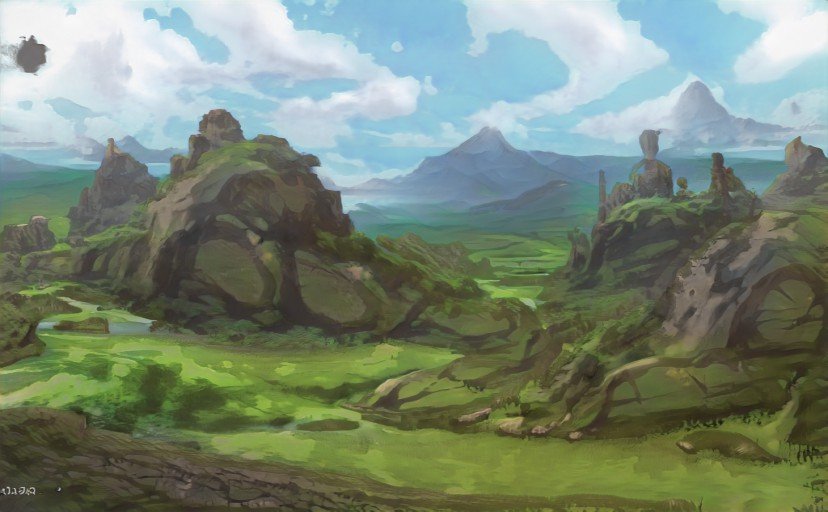
by Chrispy_0/Artbreeder



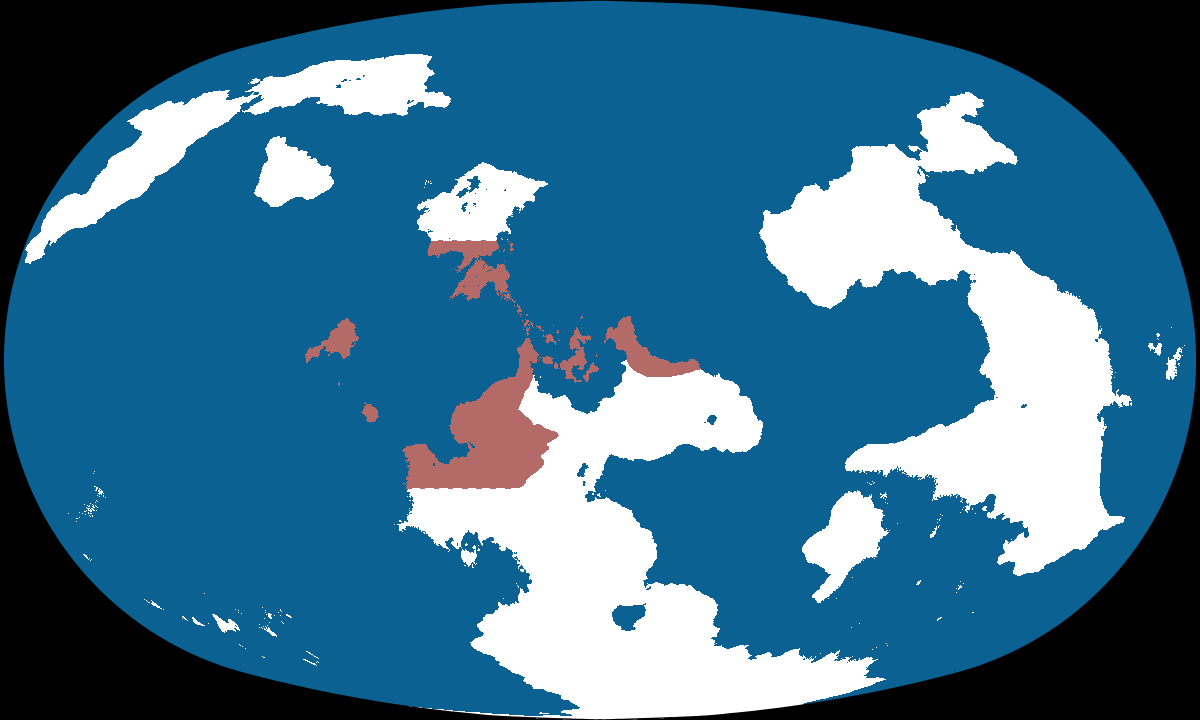

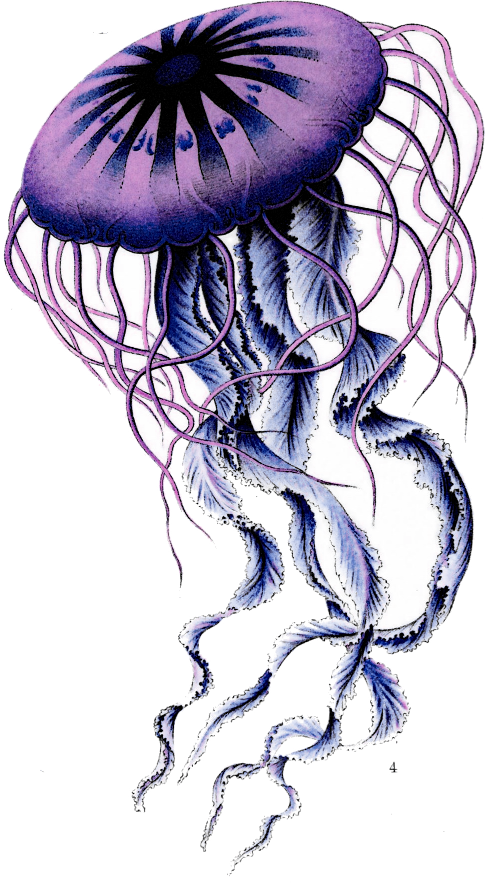


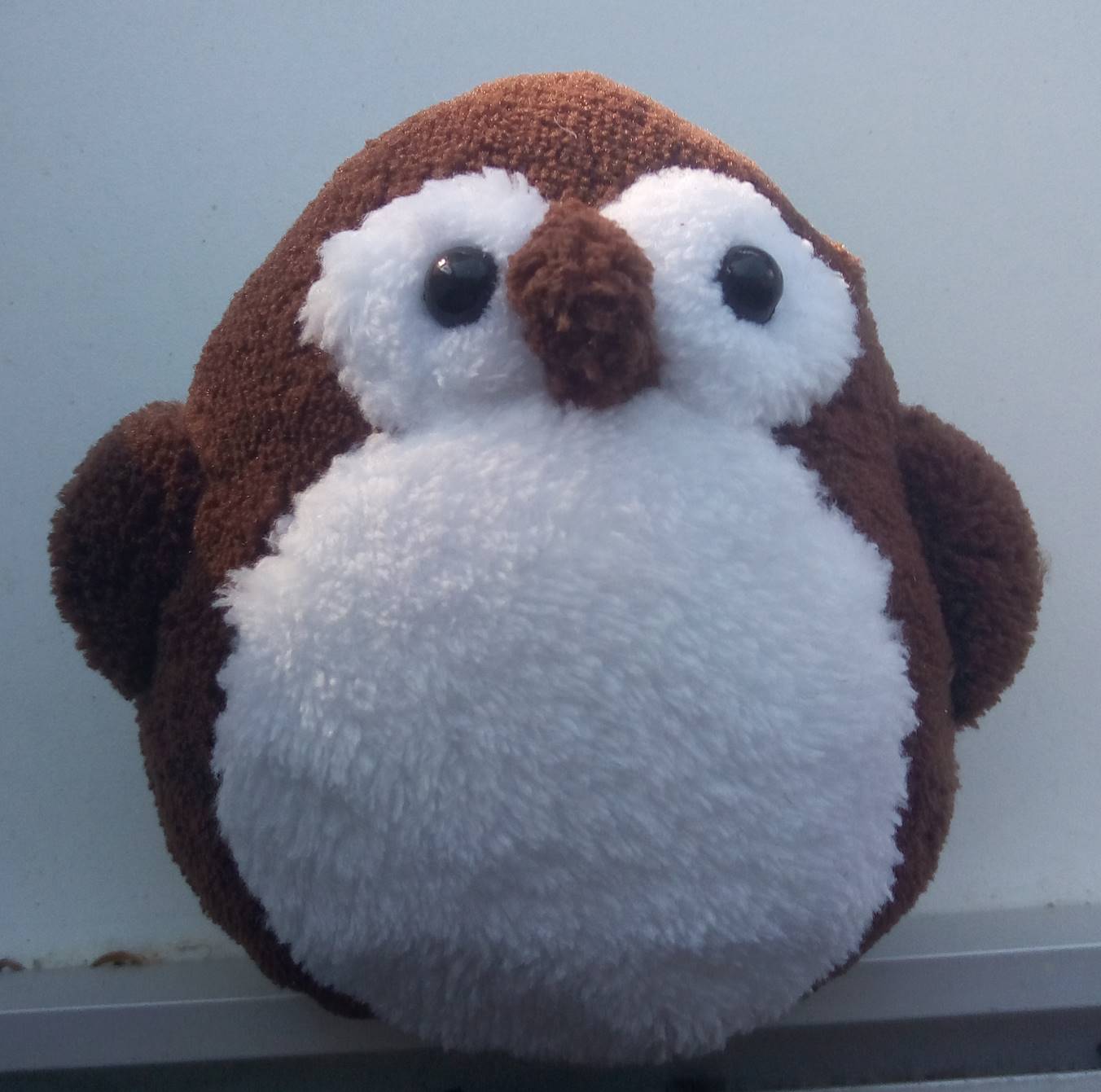



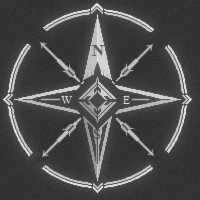
Gods I love the detail in this. The effort you put in is astounding! Great work